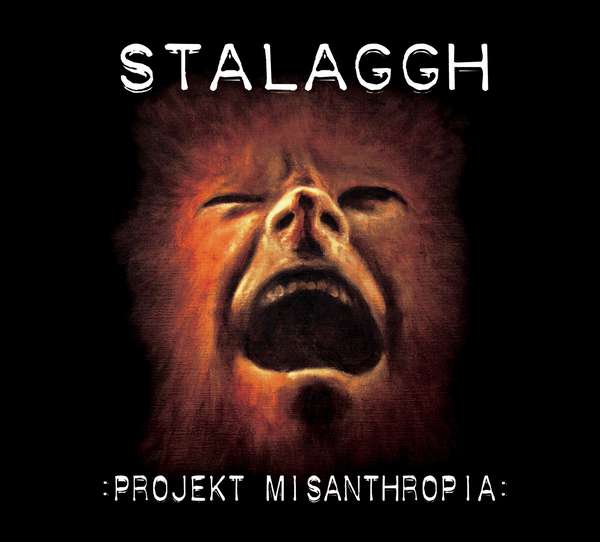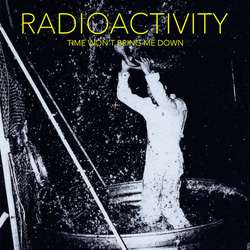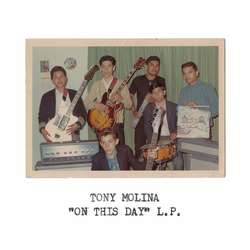When John Zorn released his Kristallnacht album, it contained one track of sheer horror, anger, and sorrow all rolled into one. Entitled "Never Again," Zorn did his utmost to convey his interpretation of the "Night of Broken Glass." The track is essentially just that: over eleven minutes of the unbearable sound of glass shattering. Zorn even went so far, though not in a sensationalist way, of warning the listener against repeated or prolonged plays for fear of damage to the unwary listener's ears.
The same such warning should have been included with Projekt Misanthropia. This is the final work of the collective known as Stalaggh that also serves as the final nail in humanity's coffin - bringing about an aural apocalypse that takes thirty-five minutes to hear and a whole lot longer to forget. What can only be described as extreme, this one-track cacophony of destruction and anger and despair leaves an indelible impression unlike any structured album you're likely to hear this year. Stalaggh can no longer be referred to as "ambient," unless in addition to the traditional definition of "surrounding" and "encircling" you include "stifling" and "oppressive".
Take everything you heard about black metal hatred, everything you've read about doomsday cults, every quaint little anecdote about the nihilists of Poison Idea and Killing Joke members moving to Iceland to avoid the end of mankind. Stalaggh relishes the end of the world like most of the sheep they despise look forward a new season of Grey's Anatomy.
Taken from a recent interview with Unrestrained Magazine:
"It's not important to know who's behind Stalaggh or what other bands we're in. Only our message of warfare against humanity is what matters. You'll never know our human names, no photos, not even how many humans are a part of Stalaggh. We're ashamed to be part of the feeble human race".
Sure, anyone can say it. But five minutes into Projekt Misanthropia you'll know that they mean every single word that they utter. Every sound made has a very distinct purpose. Every scream from the myriad of mental patients they seem so fond of using on their albums has a reason, despite the collective's claims that no project is ever thought out before recording. Most albums are released by artists with the intention of instilling a sense of longing and need for repeated listens. The sole purpose of Projekt Misanthropia is to fill the listener with unease, dread, and disquiet. To that end, the album is a masterpiece. To practical ends, however you will find great difficulty listening to this album for any reason but to scare your vacuous, worthless capitalist-economy-driven friends.



